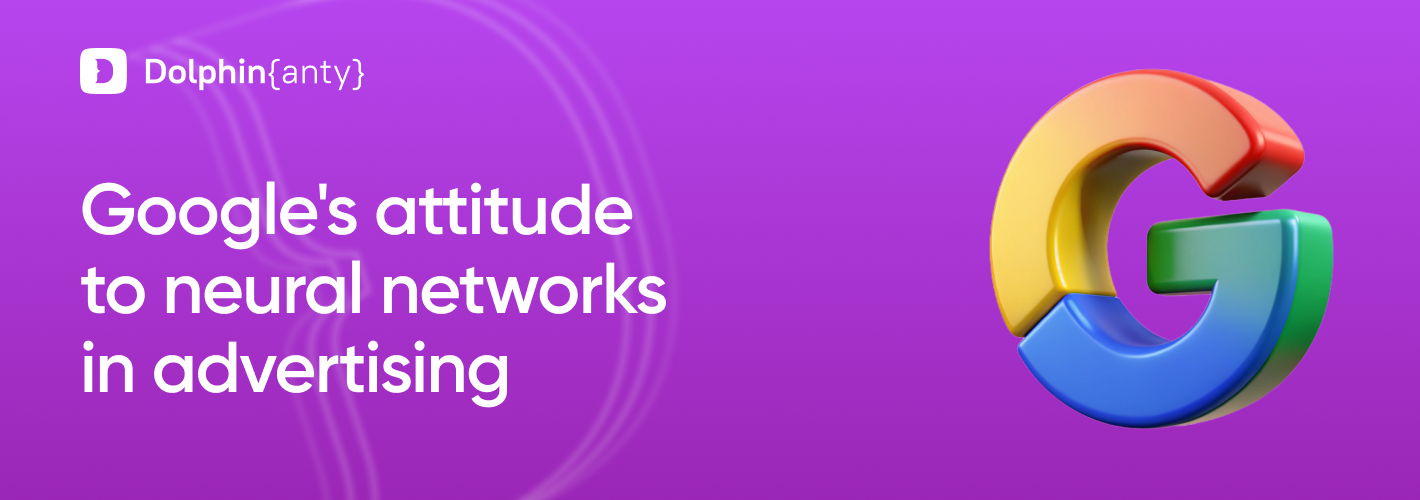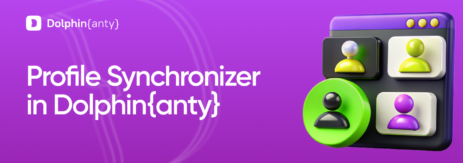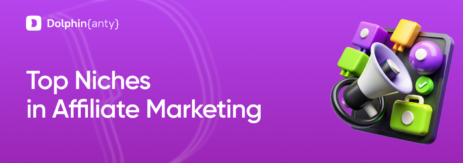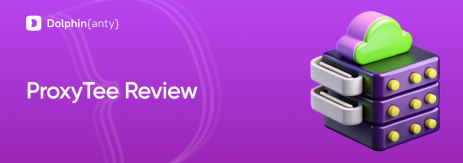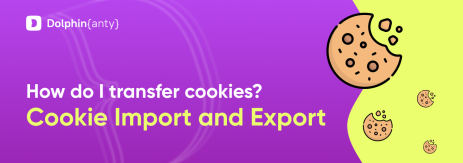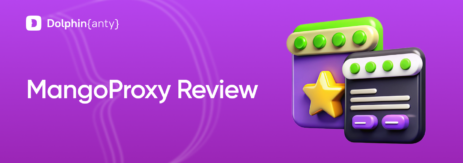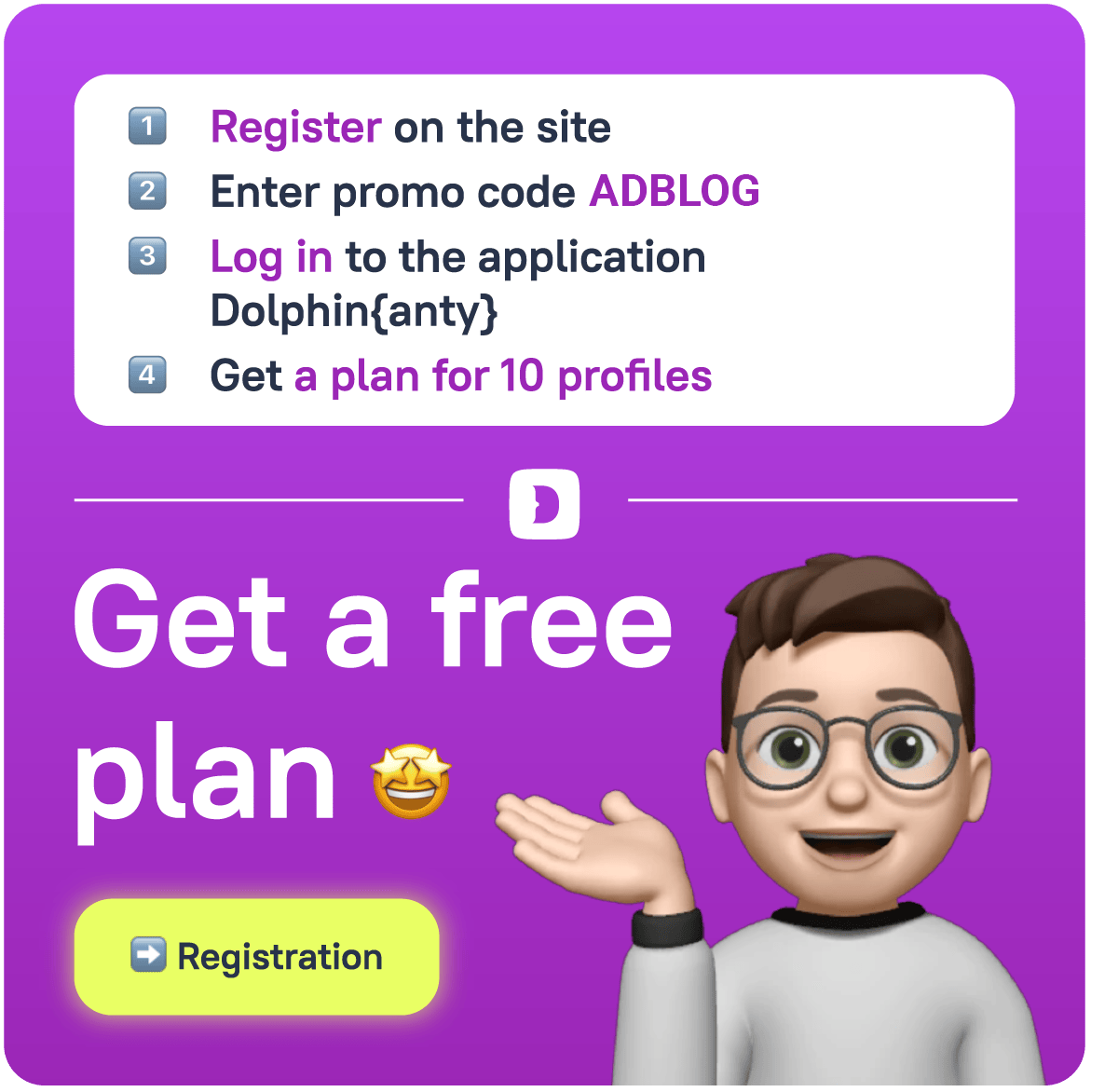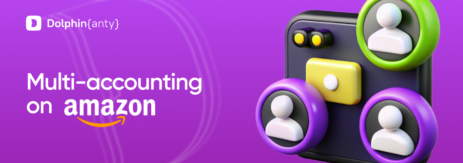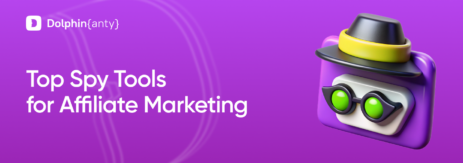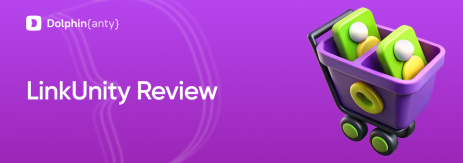Google and Artificial Intelligence in Advertising: What You Need to Know
Blog » Google and Artificial Intelligence in Advertising: What You Need to Know
The speed at which 🤖 artificial intelligence has burst into our lives and affiliate marketing is astonishing. It’s already being used to create ad headlines and descriptions, generate images and videos, analyze data and even build entire sales funnels. But how does one of the biggest advertising platforms of today — 🔎 Google — react to AI-generated ad creatives? Can they truly become a “gold mine” for affiliates? Let’s find out.
It’s important to understand that Google itself has been using artificial intelligence in its services and products for quite some time, including Google Ads. One example is 🌏 Universal App Campaigns (UAC) — an AI powered service designed to increase app installs and boost in-app conversions. This tool also helps analyze data, optimize bids, predict conversions and even automate advertising campaigns.
With neural networks becoming more and more advanced, 🛠 new tools have emerged. They can independently create various ad creatives — both static images/videos and text displayed on them.
Officially, ✅ Google does not prohibit the use of AI for creating ad content. However, when launching campaigns in Google Ads with such creatives, it’s important to consider a few ☝️ key factors. Let’s have a closer look at them.
Uniqueness vs. Mass Production
AI can generate hundreds of creatives in 🕓 just minutes, but their quality isn’t always up to par. Such content can appear generic, impersonal and lacking emotional depth, making it less effective at capturing users’ attention. After all, AI essentially compiles its results from everything it has seen before — making it a sort of a “unique” copy.
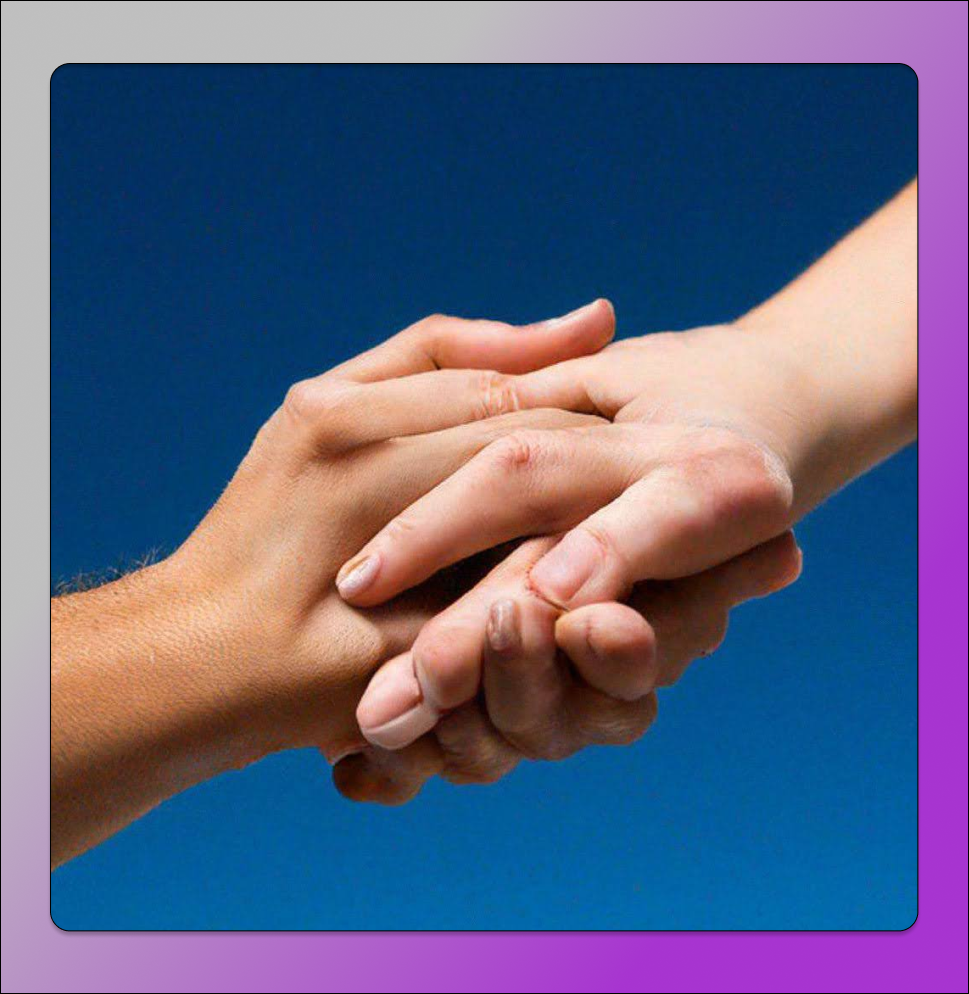
Such AI-generated “masterpieces” can be found everywhere.
However, Google Ads prioritizes 💯 creativity and originality, so relying too much on generated creatives might work against you. Experienced designers and media buyers recommend 👨🔧 manually refining these materials and thoroughly checking them for accuracy and relevance.
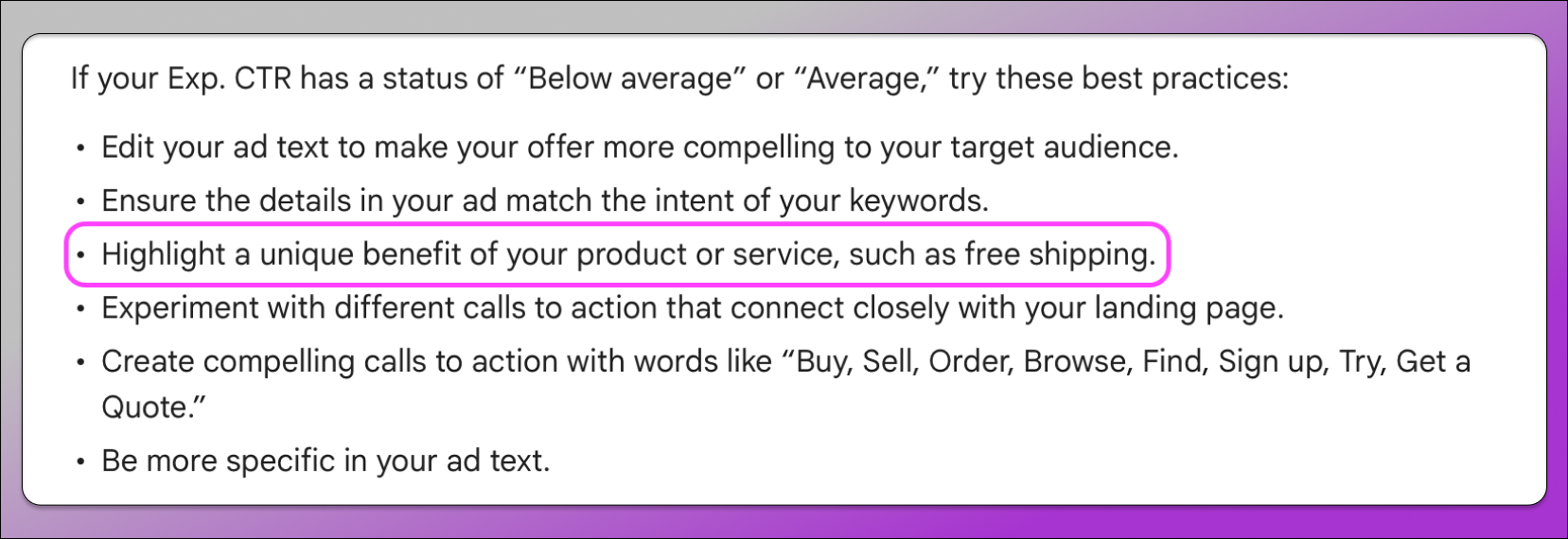
The uniqueness of an ad plays a crucial role.
Moreover, even the most advanced ☹️ neural networks still struggle with accurately rendering complex objects, body parts, and text elements. It can negatively impact how the target audience perceives the ad.
Violation of Advertising Platform Rules and Local Laws
Despite advancements in AI technology, some generators still produce creatives that directly or indirectly violate Google Ads policies. And that’s 🚩 the reddest of all red flags for your ad campaign. Using such materials can result in its suspension or, in the worst case, account ban.

No misrepresentation of facts in Google Ads.
For example, if AI prompts lack clear restrictions, the generated ad may include misleading promises like “Guaranteed weight loss of 30 kg in 7 days.” The same applies to using prohibited images and phrases. In some Asian countries, such as the Philippines, it is forbidden to feature royal family members in advertisements.
One of Google’s key requirements is advertising accuracy — ads must never mislead users or violate the laws of the country where they are displayed. For this reason, automated systems, along with moderators, carefully review ads for any misleading or illegal content.
To avoid issues, thorough review of AI-generated content before launching campaigns is a must for affiliates.
Some Practice
To clearly illustrate these aspects, let’s take a look at AI-generated creatives for a gambling offer. Such ads are designed to effectively convey the core idea — demonstrate users what awaits them after the click: slots, casinos, roulette, and so on.
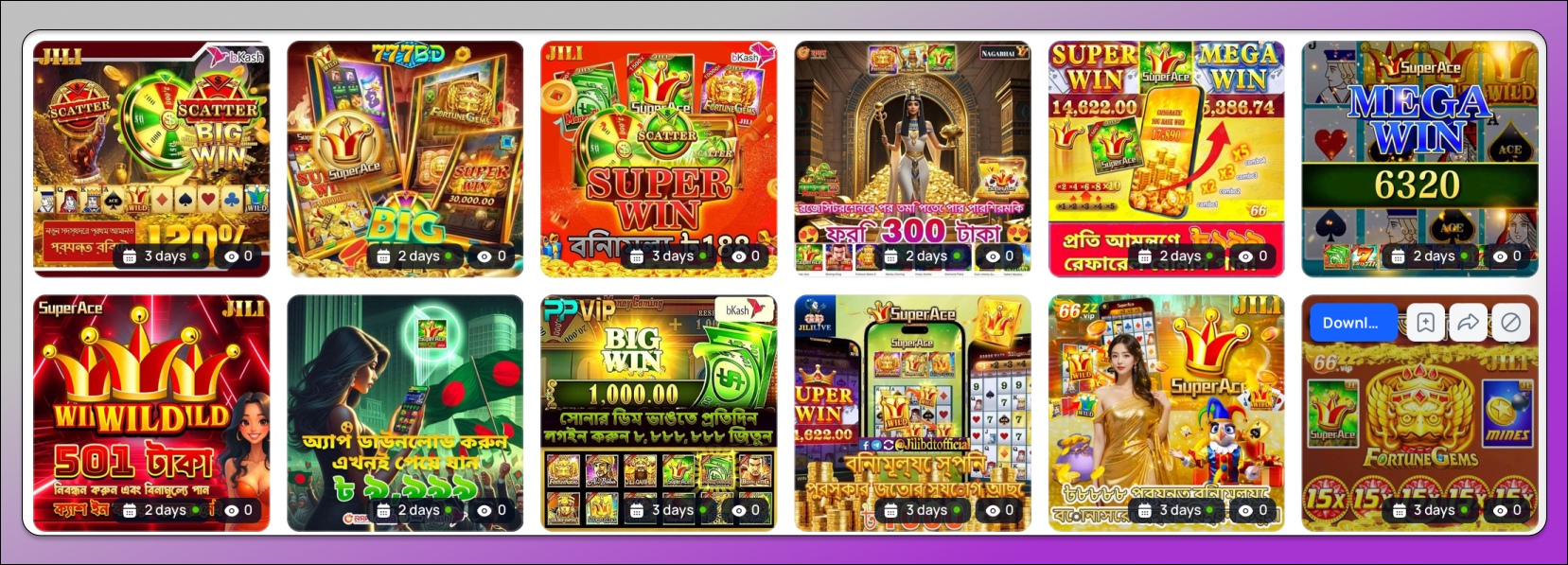
Looking alike creatives.
However, such ads often lack the emotional impact which is necessary to engage with the audience. Instead of driving action, users might focus on random numbers or blurry images of roulette and slots.
Such raw creatives typically show a low CTR, even when paired with catchy headlines. As a result, ad quality declines, and the cost per click increases.
Advantages of Artificial Intelligence for Launching Ad Campaigns in Google Ads
Despite the challenges and limitations we discussed earlier, AI offers ✅ several significant benefits for affiliate marketing. However, it’s crucial to see AI as a supporting tool rather than a full replacement for human creativity and strategic thinking. Now, let’s have a look at its core advantages.
Resource and Time Savings
Creating high-quality ad materials is a labor-intensive process that requires skilled designers. AI tools allow marketers to 🔄 automate or partially automate creative production, enabling them to quickly generate multiple variations with minimal human involvement. This way, they can refine and optimize the best-performing ones more efficiently.
Fast and Mass Testing
AI enables affiliates to create dozens or even hundreds of unique creatives in a short period of time, speeding up the testing of new marketing approaches, messaging strategies, and campaign settings.
For example, an affiliate can use ChatGPT to generate multiple diverse prompts for AI image generators. This allows testing different visual styles, color schemes, and composition elements to determine which ones resonate best with the audience.
First, we asked ChatGPT to generate four prompts for a casino ad background in the Ancient Egypt style. Then we used these prompts to create the actual images. And here’s the result:
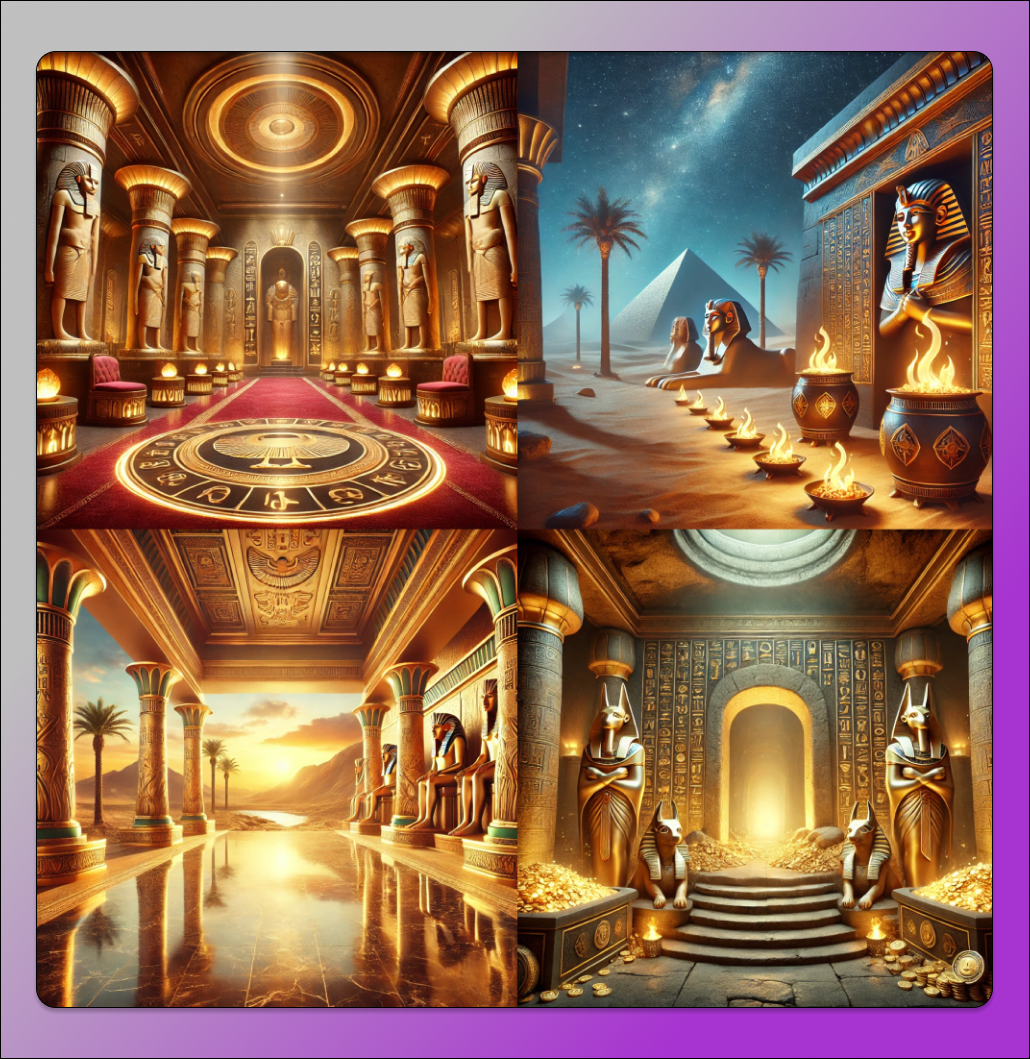
If you provide AI with detailed information about the offer, unique selling offer, creative goals, potential challenges and target audience, you can get a 🔥 wide range of relevant images. Some of them can be refined manually with a designer, while the most successful ones can be immediately uploaded to a test ad campaign.
As soon as the first statistical data appears, the affiliate can adjust the strategy by assigning a designer or AI to create additional variations of the most effective ad creatives.
Data Analysis and Conversion Prediction
- Every year, more advanced tools emerge to help 🛠 analyze the effectiveness of creatives, landing pages and entire campaigns, providing optimization recommendations. By leveraging these tools, affiliates can make data-driven decisions to improve both visuals and overall marketing strategy. For example, Google Performance Max campaigns utilize machine learning algorithms to:
- Automatically generate ads;
- Select relevant keywords;
- Adjust targeting;
- Analyze ad performance;
- Optimize bids in real time;
- Allocate budgets across different platforms.
These capabilities make AI-powered tools essential for refining advertising strategies and maximizing conversion rates.
Google’s Policy on AI-Generated Content
Google constantly updates its advertising policy. When it comes to AI usage, ✌️ the digital giant does not prohibit affiliates from generating content with it. This is explicitly stated:
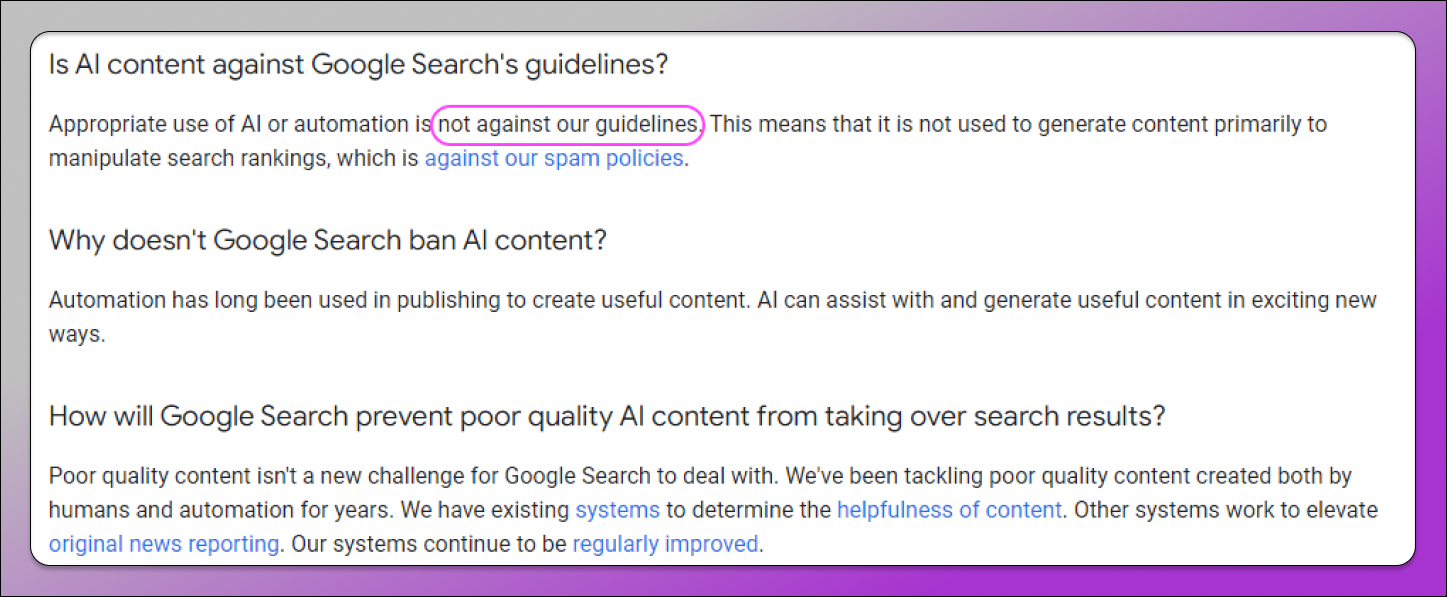
At the same time, Google’s main requirement is that content across all its services must be valuable and unique, including advertising materials. The company aims to ensure that displayed ads are high-quality, relevant, and engaging.
However, the increasing reliance of advertisers on AI for creative generation raises 🤔 concerns about whether such ads meet Google’s high standards. In most cases, AI generates content based on data from open sources. While this enables the fast production of large volumes of ad creatives, we often see lower quality and the spread of generic, “soulless” content.
In fact, in 90% of cases, AI is unable to create truly engaging and visually compelling advertisements. Even the most advanced neural networks still cannot replicate the “human factor” which is crucial for effective advertising. They lack creativity, empathy and an understanding of the subtle nuances that matter to the target audience.
As more advertisers use AI for mass-production of similar and low-quality creatives, 📌 Google is likely to tighten its requirements for such content. In the near future, the advertising platform may introduce stricter rules for AI-generated ads to maintain a high level of quality and relevance.
For affiliates and advertisers, this could lead to an increase in 🙅 rejected ads by Google’s moderation team. Additionally, account suspensions may occur due to violations of platform policies.
Conclusion ✅
It is important to understand that Google does not categorically oppose the use of AI for creating ad visuals. However, affiliate marketers and advertisers must adhere to the platform’s rules and best practices. Google’s algorithms and moderators continuously monitor uploaded ads and swiftly block those that do not meet the standards.
Should you use AI for creating ads in Google Ads? In most cases—yes. These tools help save 🕓 time and 💲 money on content production while enabling quick and cost-effective testing of new ideas and marketing hypotheses.
However, you shouldn’t rely entirely on a single AI model. It’s crucial to experiment with different solutions and combine their capabilities to align with the specific goals and objectives of your advertising strategy.
